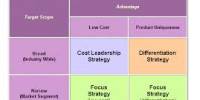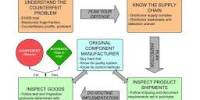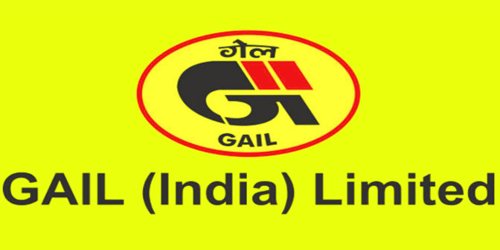Product bundling is both an effective price strategy and an appealing technique to upsell and cross-sell a variety of products. The following are three of the most significant advantages of bundling, all of which can assist your company and its bottom line. Bundling allows you to accomplish a lot more with your existing inventory. Let’s take a look at the benefits of product bundling and how it might help your business.
- Increase your average order value and generate more sales
Product bundling has the potential to boost individual item profitability and sales over time. By grouping your things together, you can persuade your clients to buy more than one product at a time, increasing your average order value. For example, instead of purchasing a single pencil, your customer can be given the choice of purchasing a pencil, eraser, and sharpener as a bundle, causing them to purchase more than one product and raising your average order value. Every customer has a price they are willing to pay for a product; the difference between that price and what they actually pay is referred to as the consumer surplus.
Product bundling is an attempt to collect as much of this surplus as possible, giving buyers the impression that they are acquiring things at a bargain while also making their purchasing experience much easier. However, it is not only consumers who benefit from bundling; retailers also benefit from particular products being packed together. Customers are more inclined to spend a large sum upfront with bundles, rather than acquiring things over a long period of time and possibly from multiple markets or locations.
- Decreases marketing and distribution costs
Product bundling can save you a lot of money on marketing and distribution because gaining a larger initial return on the cost of acquiring a customer is a fundamental component of any bundling plan. Similarly, organizations that use bundling are less concerned with customer retention and return. When a larger purchase is made on a single visit to your site, the temptation to entice clients to return to whatever individual goods remain in their cart is relieved.
Bundling allows you to sell more while lowering marketing and distribution costs. Rather than marketing each product individually, put complementary products together and market them as a unified product. When you package multiple things together, you simply need one warehouse bin to keep them instead of multiple bins. Bundling also allows you to ship fewer boxes of different things, saving you money on shipping.
Product bundling, when done effectively, keeps inventory moving at a consistent rate rather than staying stagnant and unsold in your warehouse. When linked with relevant, sales-driving items, products whose sales have slowed can get a much-needed lift – then, you can build package pricing to improve the appeal of the newly matched goods.
- Reduce inventory waste
Merchandise that does not sell remains in your inventory as deadstock, increasing your holding expenses, and is finally dumped as waste. Bundling can be used to get rid of dead stock before it becomes an issue. Customers will regard the bundle as a deal and will be more likely to buy it if you combine a slow-moving or stagnant item with a faster-selling product. This helps to reduce inventory waste, free up warehouse space, and lower inventory holding expenses.
- Simplify the customer experience
Product bundling is a practical approach to simplify the customer experience in addition to increasing sales and saving you money. Customers have the option of selecting items or services that have been bundled with their needs in mind, and the ability to delete, add-on, or alter products from the base bundle can increase satisfaction even further.
















